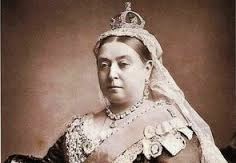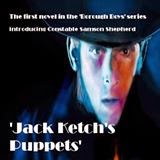An A - Z of Victorian Crime and Culture - U is for...

This is one of the harder A - Z as very little relates under the 'U' heading... however, I have come up with one that most other sites have missed... U is for - Uttering... The act of passing or being in possession of counterfeit coins of the realm. This was a major opportunity for minor and major criminals alike, with everything from poor quality, low value coins, through to gold sovereigns... So serious was it that a legislation past in 1741 'The Counterfeiting Coin Act' remained throughout the Victorian period, with an odd amendment, and the penalties were significant to try and deter persistent offenders... Section 1 made it high treason to "wash, gild or colour any of the lawful silver coin called a shilling or a sixpence , or counterfeit or false shilling or sixpence," or alter such a coin to make it look like a "lawful gold coin called a guinea " or half-guinea, or to file, alter, wash or colour "any of the brass mo



















